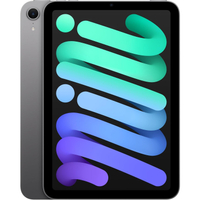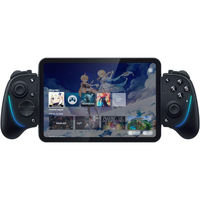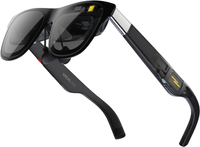I spent two weeks with the iPad mini 7 and it reignited my love for smaller tablets
Bigger isn’t always better
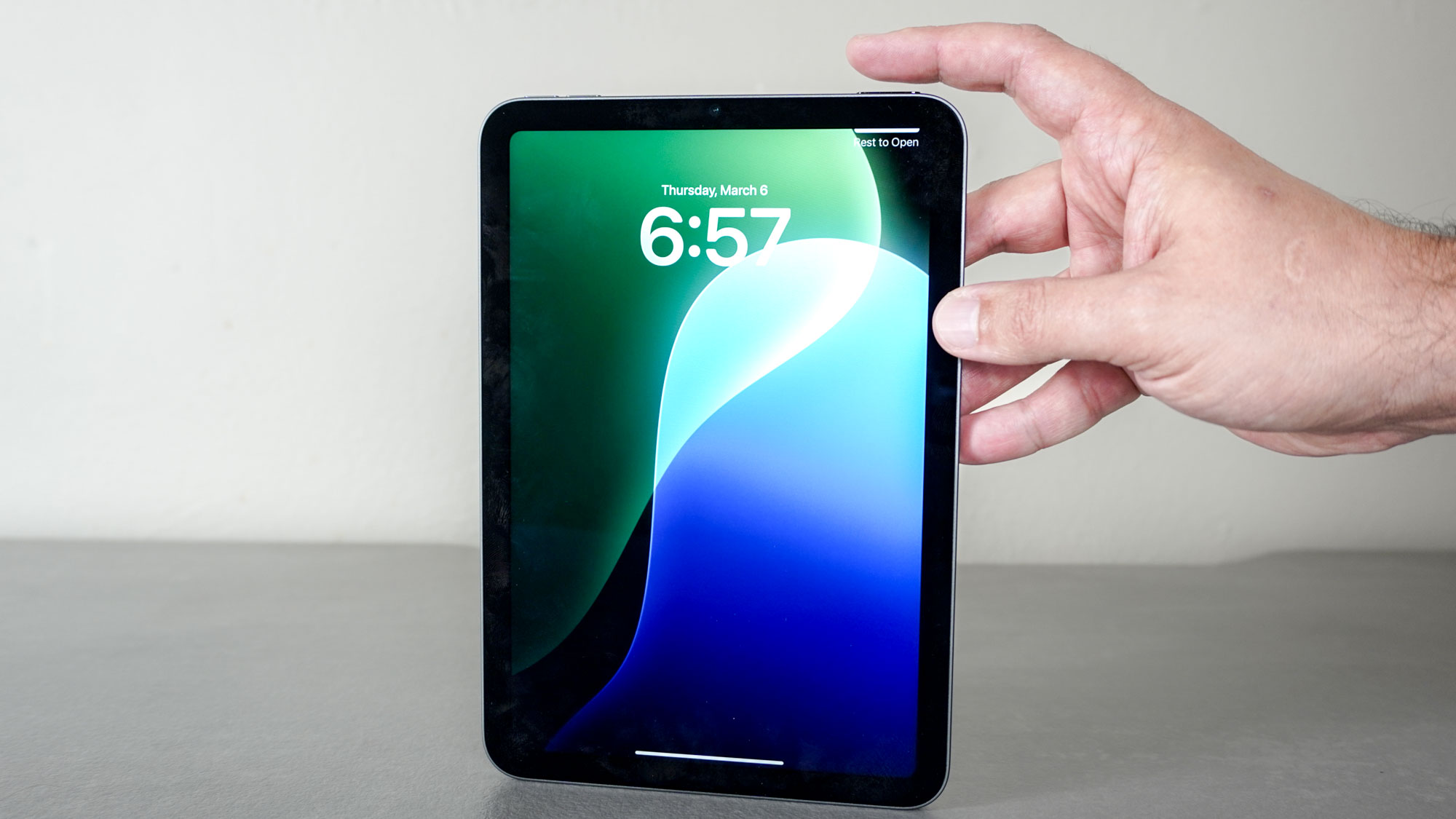
Even though they can be really useful and might even be able to replace a laptop for some people, I’ve never considered one of the best tablets an essential device. Instead, they're nice to have and unlike with a laptop, you can usually pick up a new tablet for a lot less.
The problem I’ve run into with tablets in the past though is that once that initial excitement wears off, I find myself going out of my way to come up with reasons to use them. My phone is right there when I need it and I actually prefer being in front of a monitor with a mechanical keyboard and a trackball mouse at my fingertips.
Despite all of this, I find myself getting tablet fever from time to time and looking at devices that I’d likely buy but never use. Well, that all changed a few weeks ago when I had an iPad mini 7 sent to me for another review I’m working on. I know the iPad mini is a beloved device by many and one of the best iPads you can get but I never pictured myself buying one, let alone falling under its spell.
Even though I use one of the best Android phones and Windows is my operating system of choice, after two weeks, I’ve completely fallen for the iPad mini and it’s become the device I reach for most often. Here’s how I ended up trying one out and why part of me wants to pick up my own iPad mini despite it being the first iPad I’ve ever tried.
You can still snag an iPad mini 7 at a huge discount right now but you’re going to need to act fast. It's worth it though, because thanks to its incredibly portable design, long battery life (it lasted 10 hours in our tests), and speedy A17 Pro chip, you’re getting the full iPad experience in a tiny size. The iPad mini 7 also has a gorgeous 8.3-inch Liquid Retina display, 12MP cameras on the front and back and Wi-Fi 6E support for even faster web browsing and downloads.
Stunningly sleek
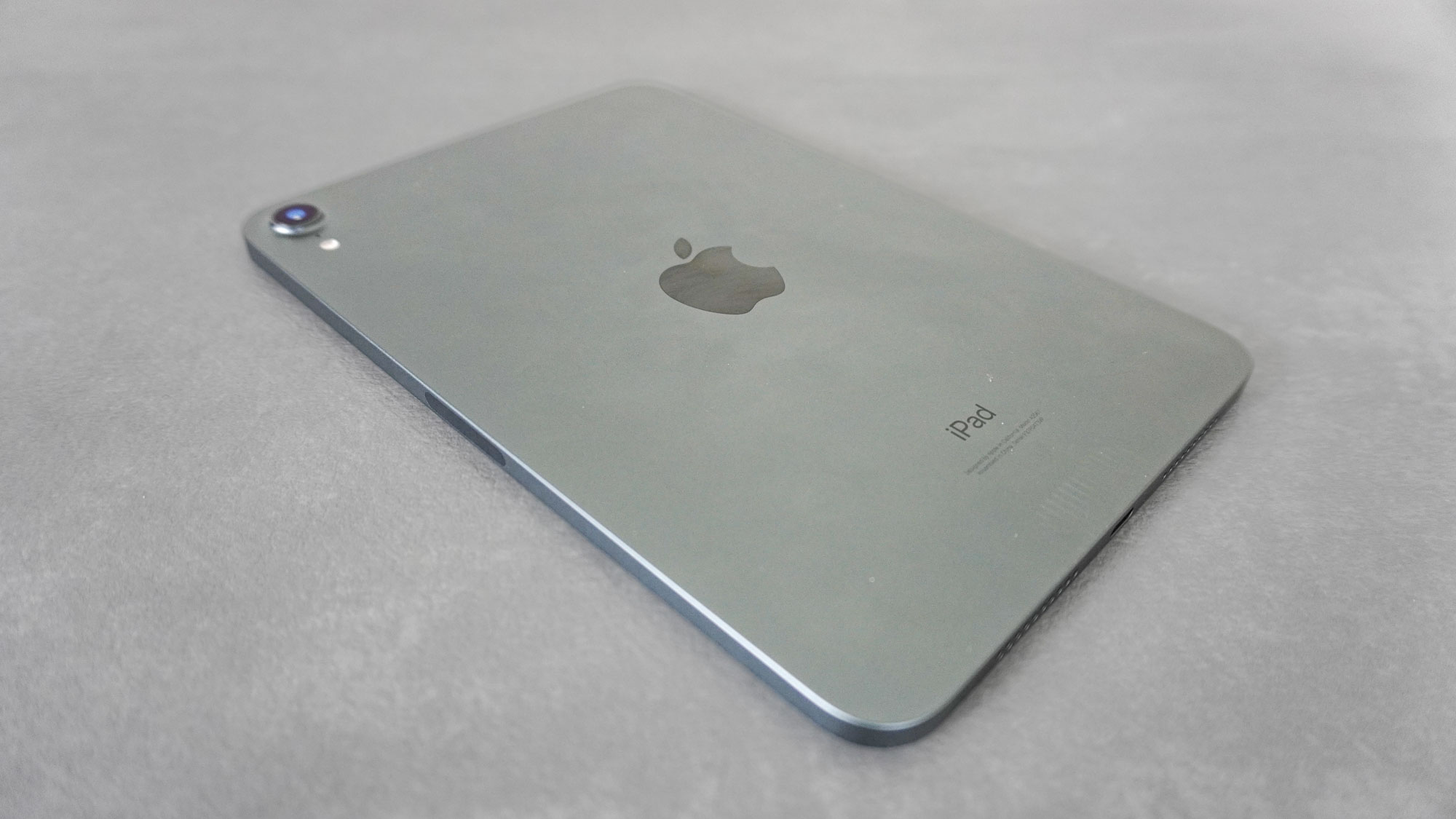
Normally, when I buy a tablet, a case and a glass screen protector are a must. However, the iPad mini 7 was sent to me as-is to test out one of the best mobile game controllers I’m currently reviewing—more on that later.
Without a case, the iPad mini 7 is a sight to behold, especially for someone like me that has stuck to more budget-friendly Android tablets in the past. Its recycled aluminum case and rounded edges give it a very premium look and feel despite the fact that the base model is only $500.
I also really like how it’s one of the only Apple devices that still has Touch ID built-in. The switch to in-display fingerprint readers on smartphones still bugs me and I like how I can turn on the iPad mini and unlock it just with the power button. Likewise, although it’s a bit of a departure as well as somewhat controversial, having the volume buttons on the top across from the power button has really grown on me over these past two weeks.
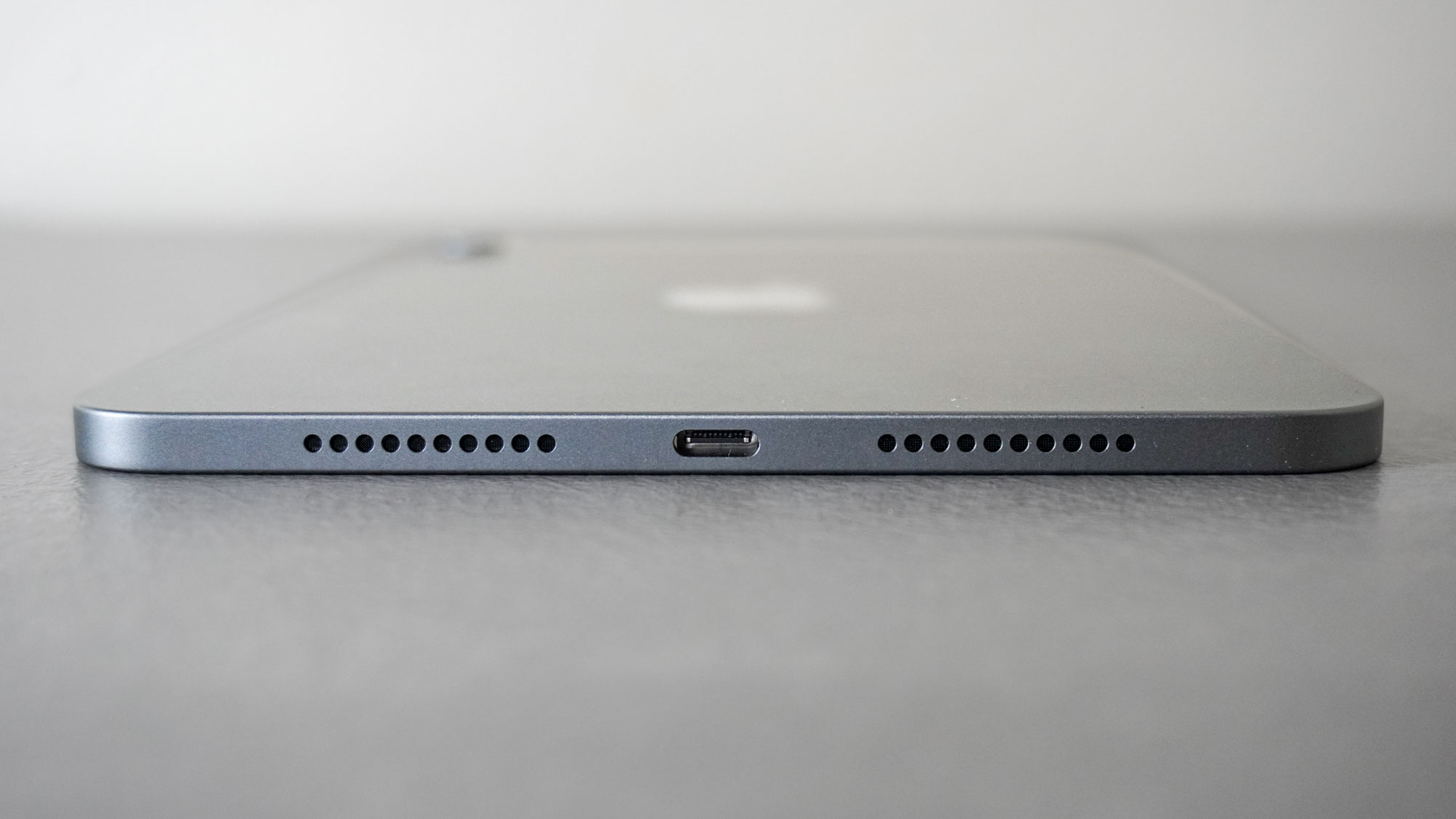
I know this isn’t the first iPad or even iPad mini with USB-C but one of the reasons I think my wife hardly uses the iPad I got her years ago is because it has a Lightning port. Now that she charges her iPhone wirelessly, I don’t think I’ve seen a Lightning cable in our house besides when I’m going through my cable collection. Since who knows, we might need one some day.
There are USB-C cables all over my house and when I need to recharge the iPad mini 7, finding a place to plug it in hasn’t been a problem at all. However, one of the big things that surprised me about it is just how long it lasts on standby.
Before the iPad mini completely won me over, I’d leave it untouched for days at a time only to pick it up later to discover that it still had more than enough battery left. With my Android tablets, if I don’t use them all the time, I always find their batteries completely dead when I go to pick one up.
Way more than just a tablet
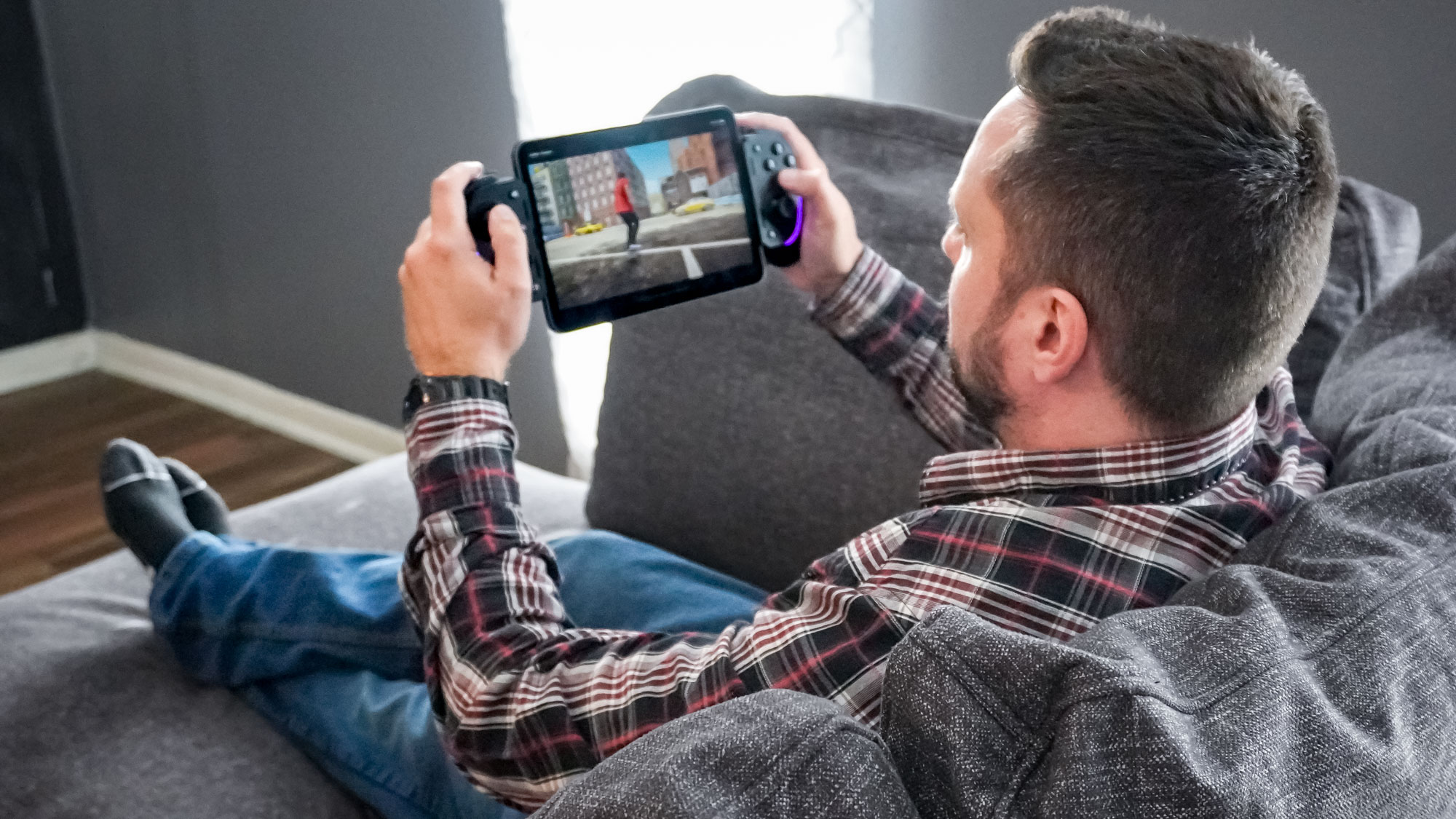
As I alluded to before, the reason I had work send over an iPad mini was to test it out with the Razer Kishi Ultra. Sure, it also works with small Android tablets but Razer went as far as to put a picture of it working with the iPad mini on the box. Due to this, I figured it wouldn’t be a proper review if I didn’t give the Razer Kishi Ultra + iPad mini combo a try for myself. And I’m glad I did.
With the Razer Kishi Ultra attached to the iPad mini 7 (or the iPad mini 6), it feels a lot more like one of the best handheld gaming consoles than just a smaller iPad. Whether I’m streaming games from my Xbox Series X or the AtomMan G7 Ti mini PC, everything looks and feels great on the iPad mini. Part of this is due to the Razer Kishi Ultra’s full-size controls and thumbsticks but the iPad mini 7 is also well-suited for game streaming thanks to the inclusion of Wi-Fi 6E.
I have one of the best Wi-Fi 7 routers at home and with the eero Max 7 plugged in on the other side of my game room, streaming games locally works really well. I didn’t experience any noticeable lag even when playing my go-to game for testing out new controllers, the skateboarding sim Session. With slower, less action-packed games like Metaphor: ReFantazio, the overall experience is even better. In fact, before I knew it, I had made my way through a whole dungeon and even took on the boss at the end without realizing that I wasn’t sitting at my desk. Instead, I was sprawled out on the couch and as comfy as could be while the rest of my family watched TV in the background.
Razer Kishi Ultra: $149 @ Best Buy
If you like playing games on your phone or even a smaller tablet like the iPad mini 7 but prefer the feel of a full-sized Xbox controller, then the Razer Kishi Ultra is your best bet. In addition to larger thumbsticks, it also has mecha-tactile face buttons, Hall Effect Triggers, a pair of programmable buttons on top and Razer’s Chroma RGB lighting on the sides. The Razer Kishi Ultra is definitely bulkier and more expensive than the Backbone One but it’s the closest you can get to a console-like experience on your phone or tablet.
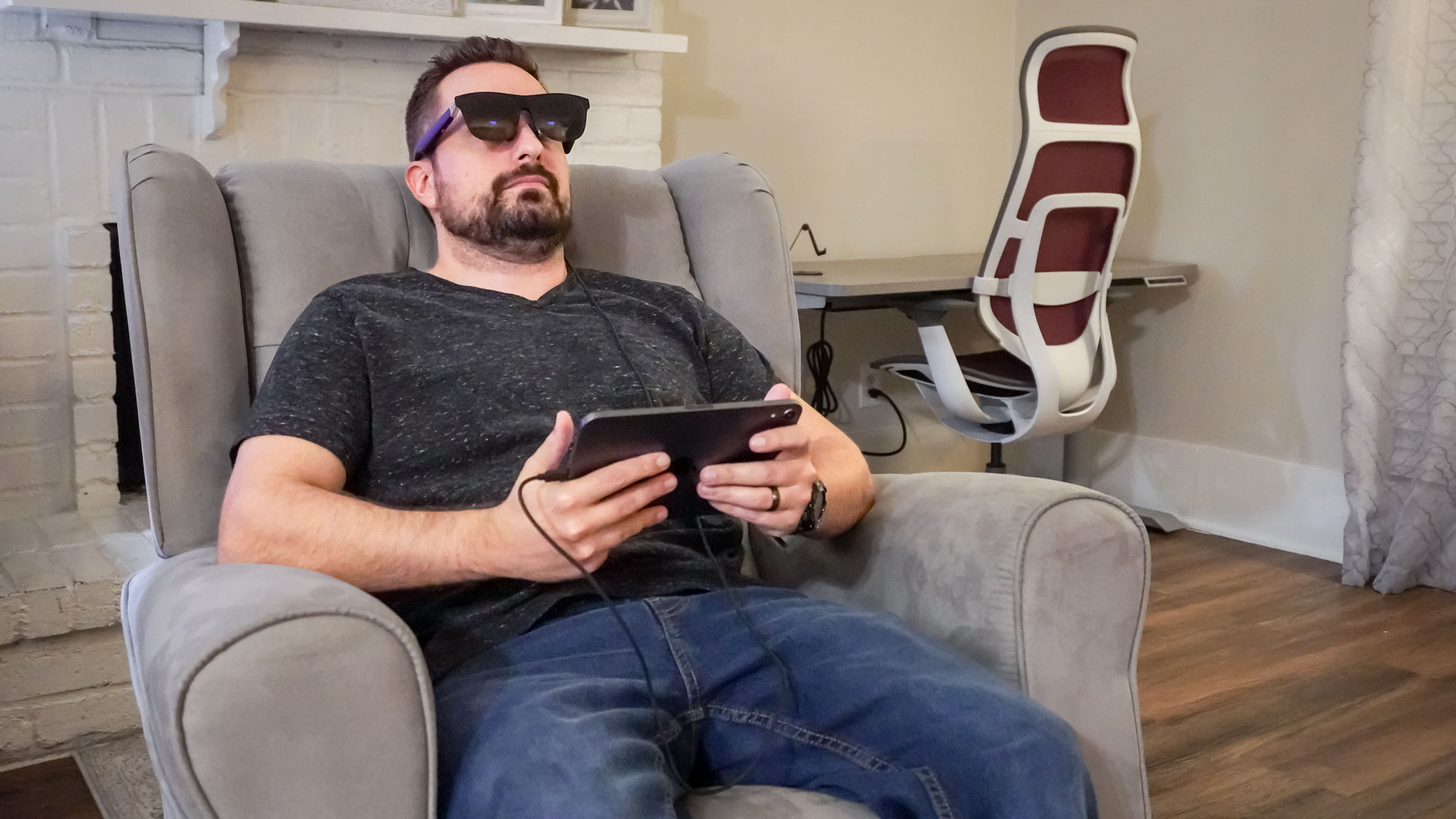
Besides a review of the Razer Kishi Ultra, I’m also working on a story about building the ultimate work from anywhere setup by combining one of the best mini PCs (the Khadas Mind to be exact) and a pair of AR glass. To that end, Xreal sent over a pair of its Xreal One glasses for me to test out.
The thought of having a projector-sized screen inches from my face seemed like something out of a science fiction novel, so suffice it to say, I was very eager to try these AR glasses out. However, when I plugged them into my Nothing Phone 2, nothing happened (pun not intended). This is because Nothing decided to omit DisplayPort Alt Mode over USB-C to keep the Phone 2’s price down (fingers crossed this isn’t the case with the Phone 3).
Fortunately though, I had the iPad mini 7 right on my desk and decided to give it a whirl with the Xreal One AR glasses. Seconds later, I had the full iPad experience right in the glasses. Since I borrowed the tablet for work, I haven’t put all of the apps for the best streaming services on the iPad mini 7. I did install YouTube when adding the rest of my essential Google apps though.
Watching trailers for upcoming movies and even a few of my favorite videos from the Tom’s Guide YouTube channel on the Xreal One glasses with the iPad mini 7 has been awesome to say the least. However, since they work like a second monitor for any device you have connected, I was also able to browse the web, read the news and more on their larger display.
Xreal One: $499 @ Amazon
These AR glasses connect to your phone, tablet, laptop and other devices via USB-C and feature a 120Hz HD display with a wide 50 degree field of view. Unlike Xreal’s previous AR glasses, this pair has a built-in X1 chip that lets you instantly switch between 3 different DoF modes with the tap of a button. You also get built-in speakers and the Xreal One AR glasses let you enjoy your favorite content or even work on a 147-inch screen. While this pair of Xreal AR glasses isn’t on sale, the Xreal Air 2 AR glasses are for $60 off and you can pick up a pair on Amazon for $299 right now.
My new go-to device
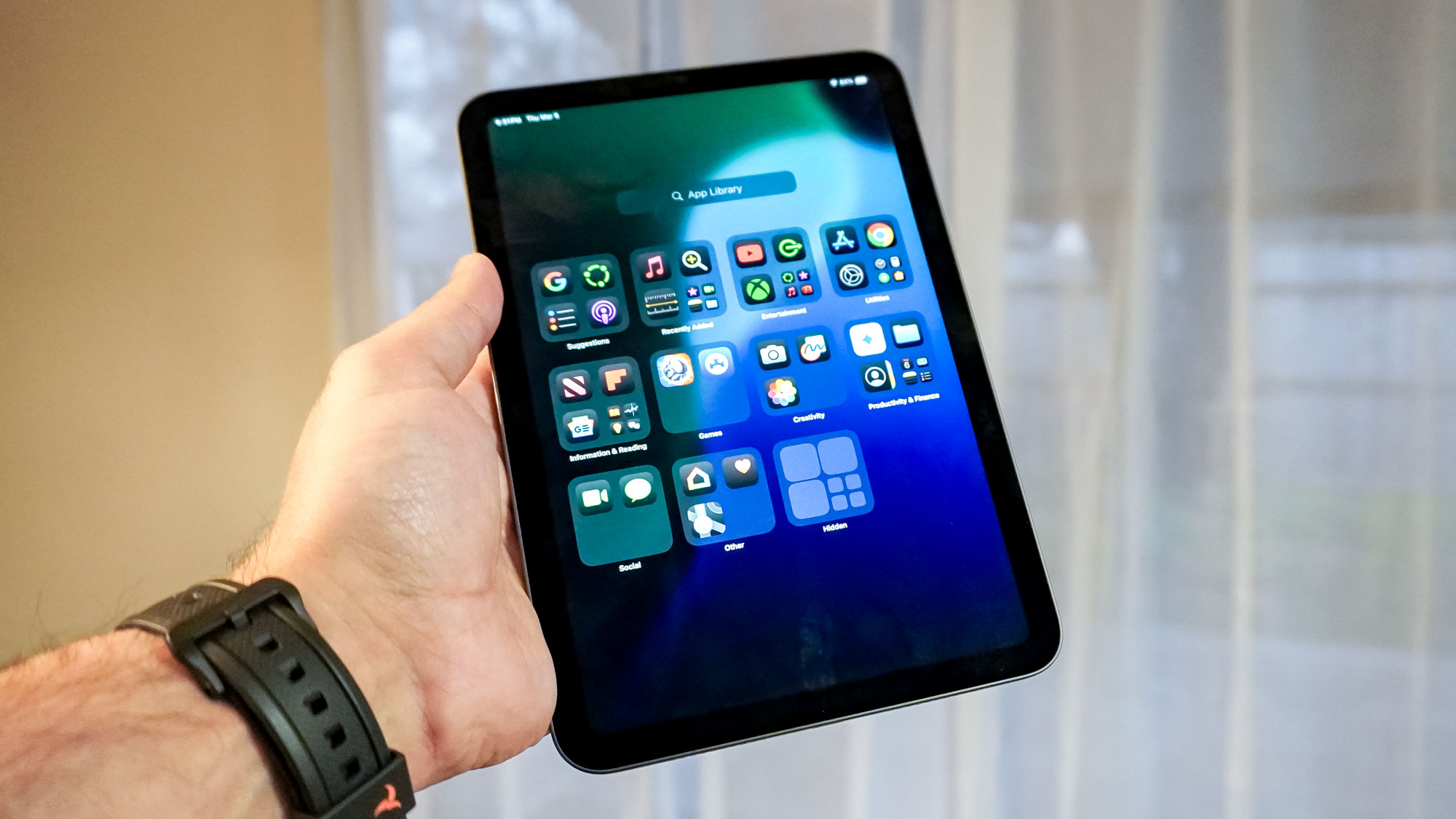
While I initially tried out the iPad mini 7 to fully test out a device for a review, this little tablet has really grown on me. Maybe it’s because I don’t have to take it out of a case and I’m actually interacting with its glass display instead of a screen protector, but it feels great in hand.
The iPad mini 7 is also super responsive and snappy since it uses the A17 Pro chip found in both the iPhone 15 Pro and the now discontinued iPhone 15 Pro Max. Not only that, it’s also $200 cheaper and has a larger 8.3-inch display.
At first, I kept the iPad mini 7 attached to the Razer Kishi Ultra or right next to it to avoid draining the tablet’s battery. However, as the days went by, I found myself reaching for it instead of my phone when I wanted to read the news or had a few minutes to watch some YouTube videos.
I should have known I’d like the iPad mini as in addition to being my most used tablet ever, Google’s Nexus 7 was also my favorite. I have a Lenovo Legion Tab 3 coming in the mail soon to put the finishing touches on my Razer Kishi Ultra review but part of me is really tempted to get in the car, head over to Best Buy and pick up my own iPad mini 7.
Sending this iPad mini 7 back to our office in New York isn’t going to be easy but I’m glad I finally got to try one out for myself to see what all the fuss is about. And after two weeks with it, I’ve become an iPad mini convert. If I were to buy an iPad with my own money, it wouldn’t be an iPad Air or even the more powerful iPad Pro. Instead, it would have to be an iPad mini as a small tablet like this one is a device I’d actually use everyday.
More from Tom's Guide
Sign up to get the BEST of Tom's Guide direct to your inbox.
Get instant access to breaking news, the hottest reviews, great deals and helpful tips.

Anthony Spadafora is the managing editor for security and home office furniture at Tom’s Guide where he covers everything from data breaches to password managers and the best way to cover your whole home or business with Wi-Fi. He also reviews standing desks, office chairs and other home office accessories with a penchant for building desk setups. Before joining the team, Anthony wrote for ITProPortal while living in Korea and later for TechRadar Pro after moving back to the US. Based in Houston, Texas, when he’s not writing Anthony can be found tinkering with PCs and game consoles, managing cables and upgrading his smart home.
You must confirm your public display name before commenting
Please logout and then login again, you will then be prompted to enter your display name.
